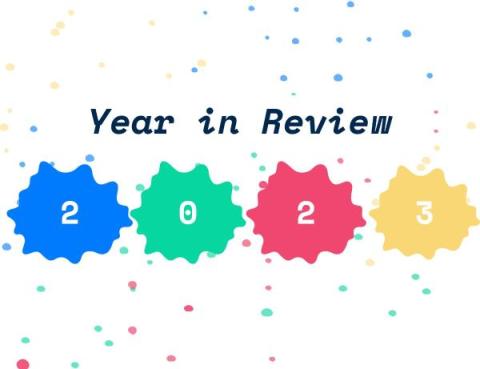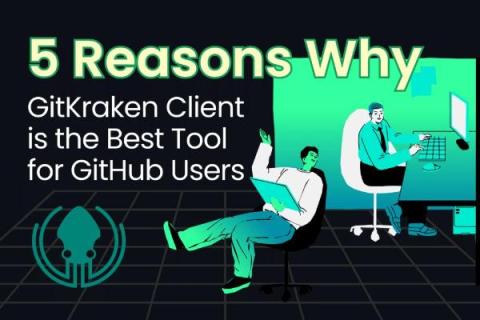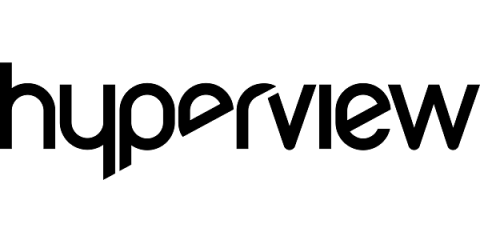A Look Back at 2023
As we've turned the final pages of 2023 and now set our sights on 2024, it felt like an appropriate moment to pause, reflect, and shine a light on the steps we've made over the past year at BugSplat. There are a couple of compelling reasons to do this: First, we recognize that some of our key updates might slip under the radar amidst the hustle and bustle of daily tasks. Highlighting these changes is our way of giving you a second chance to discover some useful new features at your disposal.











